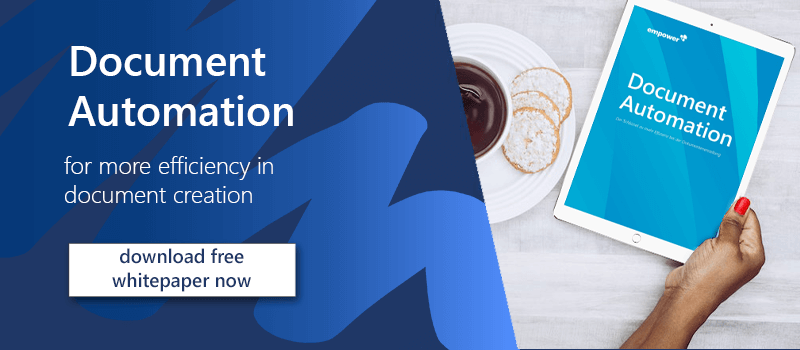When your company is about to introduce new software, the question often arises as to whether it should be implemented on-premises vs. in the cloud. Both variants come with advantages and disadvantages. In this article, you will find out what you need to know about on-premises vs cloud solutions.
On-premises vs cloud - what does that actually mean?
On-premises vs cloud is all about how digital workplace software is made available to employees in your company. As the name suggests, on-premises software is installed on your own premises on your own servers or in private clouds you set up yourself. Cloud software is provided as software-as-a-service (SaaS) entirely by external providers. In essence, the distinction is between a local, self-managed version of software and a variant provided online. To help you decide, we will show you the advantages and disadvantages of both.

Advantages and disadvantages of on-premises and cloud software
Advantages of on-premises software
Probably the biggest advantage of on-premises software is data protection: because the data is stored locally on your premises, you have full control over it and its security. Sensitive data does not have to leave your own company. That can be a decisive advantage, especially when it comes to compliance issues.
A second advantage also results from the local storage of data: if network problems occur and the connection to the Internet is interrupted, your employees can still access the data with on-premise solutions.
Disadvantages of on-premise software
The advantage of data protection for on-premise solutions is at the same time a disadvantage, as it must be maintained by company employees and thus costs working time. Furthermore, the data must be backed up and the functionality of the programs ensured. Employees must install updates, create backups, and maintain the programs themselves.
Because on-premise software runs locally on each computer, recommended hardware requirements must be met by those computers. That can be a problem, especially with complex programs: buying suitable hardware can be very cost-intensive and is difficult to scale as demand grows. In addition, that means extra work for your IT department as new hardware needs to be set up and maintained.
Advantages of cloud software
Cloud software models based on the SaaS principle come with many advantages. The hardware, which is very important for on-premise solutions, clearly takes a back seat here. Since the software does not run on the company's own hardware, local hardware requirements are significantly lower. In addition, maintenance of the hardware and software is also carried out automatically by the cloud provider. Software updates are installed automatically. Those advantages significantly reduce the workload for the company's IT department.
Cloud software also has advantages financially and in terms of scalability. Because it is usually a subscription model, the one-off cost to the company is low, as the costs are spread more evenly. Additional financing is often not necessary. Furthermore, cloud software is easy to scale, as it is usually possible to order additional or fewer licenses at short notice.
Software-as-a-Service solutions also support the Modern Workplace approach. Employees are no longer necessarily tied to a workstation but can choose one freely since SaaS solutions require only a device with an Internet connection. You offer your employees maximum flexibility and can save office capacity if necessary.
Disadvantages of cloud software
Cloud software does not come without drawbacks. With SaaS solutions, your company becomes dependent on the cloud provider. If support for a product is discontinued because its successor has already been released, or if the cloud provider ceases operations, there is little you can do about it and you will have to look for a new solution.
Working with cloud software not only ensures dependence on the cloud provider but also on the Internet in general. If the Internet connection in your company is unstable or even breaks down, it will not be possible to continue working with SaaS solutions. Data encryption approach is also important when it comes to choosing a cloud provider. With Microsoft Information Protection, Office provides a considerable security package in their Office 365 cloud, for example.
The great advantage of data protection with on-premise solutions is probably one of the biggest disadvantages here. Data must be passed on to the cloud provider when using cloud solutions. This can be particularly problematic if the cloud provider is in another country and covered by different data protection laws.
Conclusion: weigh up the necessity
This comparison of on-premises vs cloud software shows there is no clear answer to the question “which is better?”. Both solutions come with advantages but also disadvantages that you must weigh according to your individual needs. Overall, on-premise solutions offer more security in the area of data protection, but require a significantly higher effort, while cloud software offers maximum flexibility for you and your employees through the SaaS principle.
empower® for Office 365 is prepared for everything in any case. Whether you use your Microsoft Office products on-premises, in the Azure cloud, or in your own cloud solution, empower® adapts to your needs. Get started now.
You May Also Like
Related articles

Microsoft 365 vs. Google Workspace: which is more efficient?

Deploying Microsoft Office updates - a quick guide


